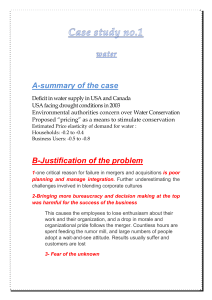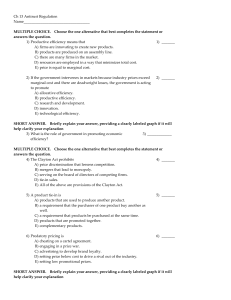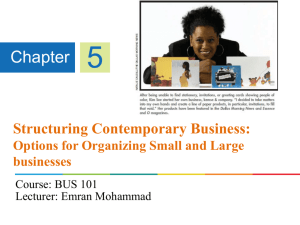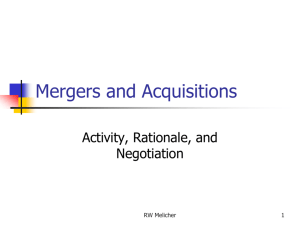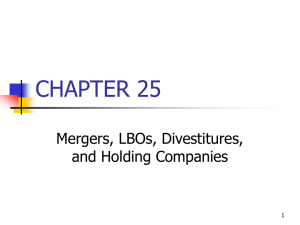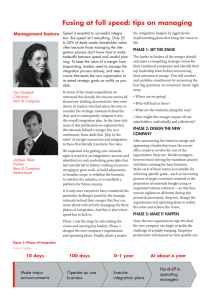Mergers and acquisitions - english-ebm
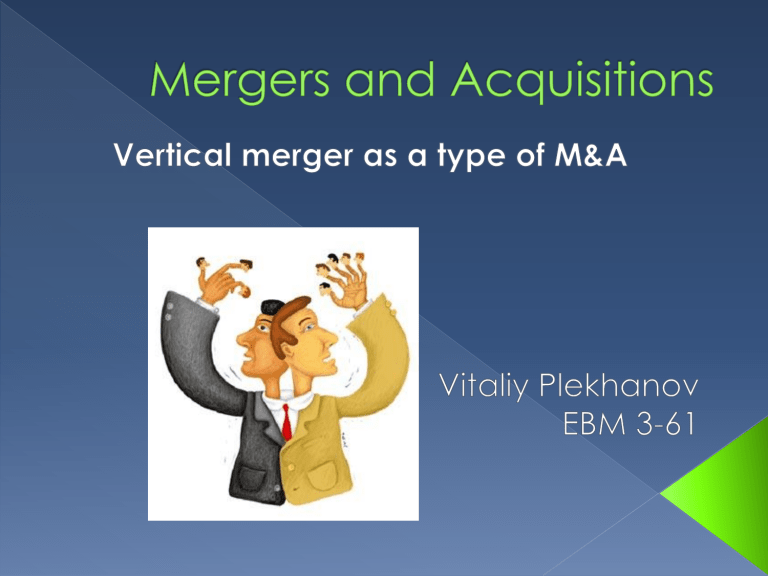
1) Types of M&A and definition of vertical merger
2) Types of vertical integration.
3) What for?
4) Advantages and disadvantages
Horizontal mergers
Vertical mergers
Conglomerate M&A
19%
21%
60%
Vertically integrated
Horizontally integrated
Conglomerates
A vertical merger occurs when two or more firms, operating at different levels within an industry's supply chain, join their efforts. As an example, an automobile company may purchase a tire manufacturer or a glass company.
No integration
Raw materials
Intermediate manufacturing
Assembly
Distribution
End User
Backward integration Forward integration
Raw materials Raw materials
Intermediate manufacturing
Assembly
Intermediate manufacturing
Assembly
Distribution
Distribution
End User End User
Traditional Value Chains (pre 1990)
Miners Processers Traders
Resource Driven Value Chains (1990-2010)
Customers
Integrated Resources Producers Traders Customers
Customer Driven Value Chains (post 2010)
Integrated Mining/Processing/Trading companies Customers
Most often the logic behind the merger is to increase synergies created by merging firms that would be more efficient operating as one.
This results in economy of scale and increases profit sharply.
More money to spend on production
Increased production
Lowered fixed costs and lower price
Higher market share and revenues
More affordable product
cutting costs competitive edge reducing dependence on suppliers o o o company’s finances get tied up company orients only on its own resources the balance of capacities is becoming difficult to keep
